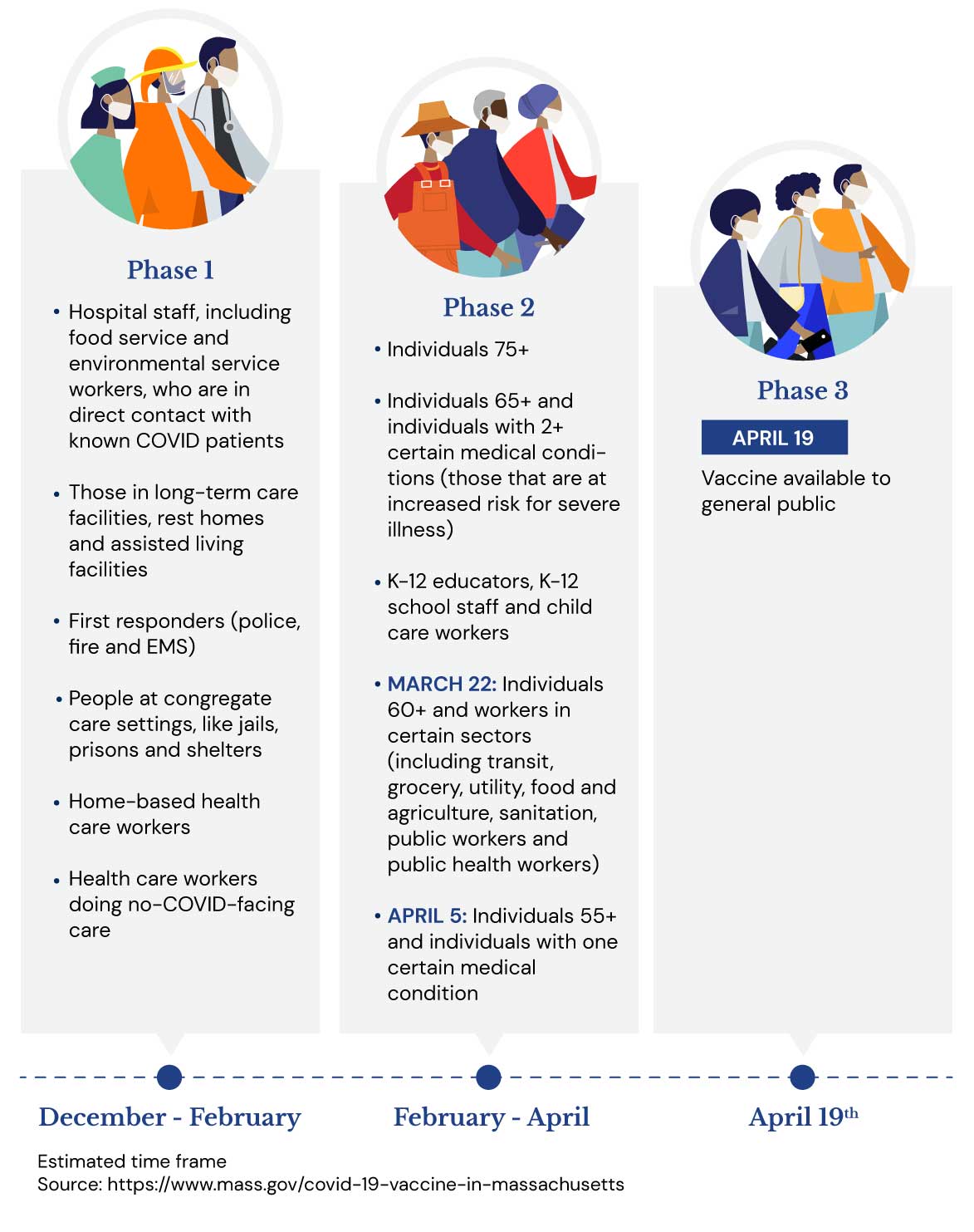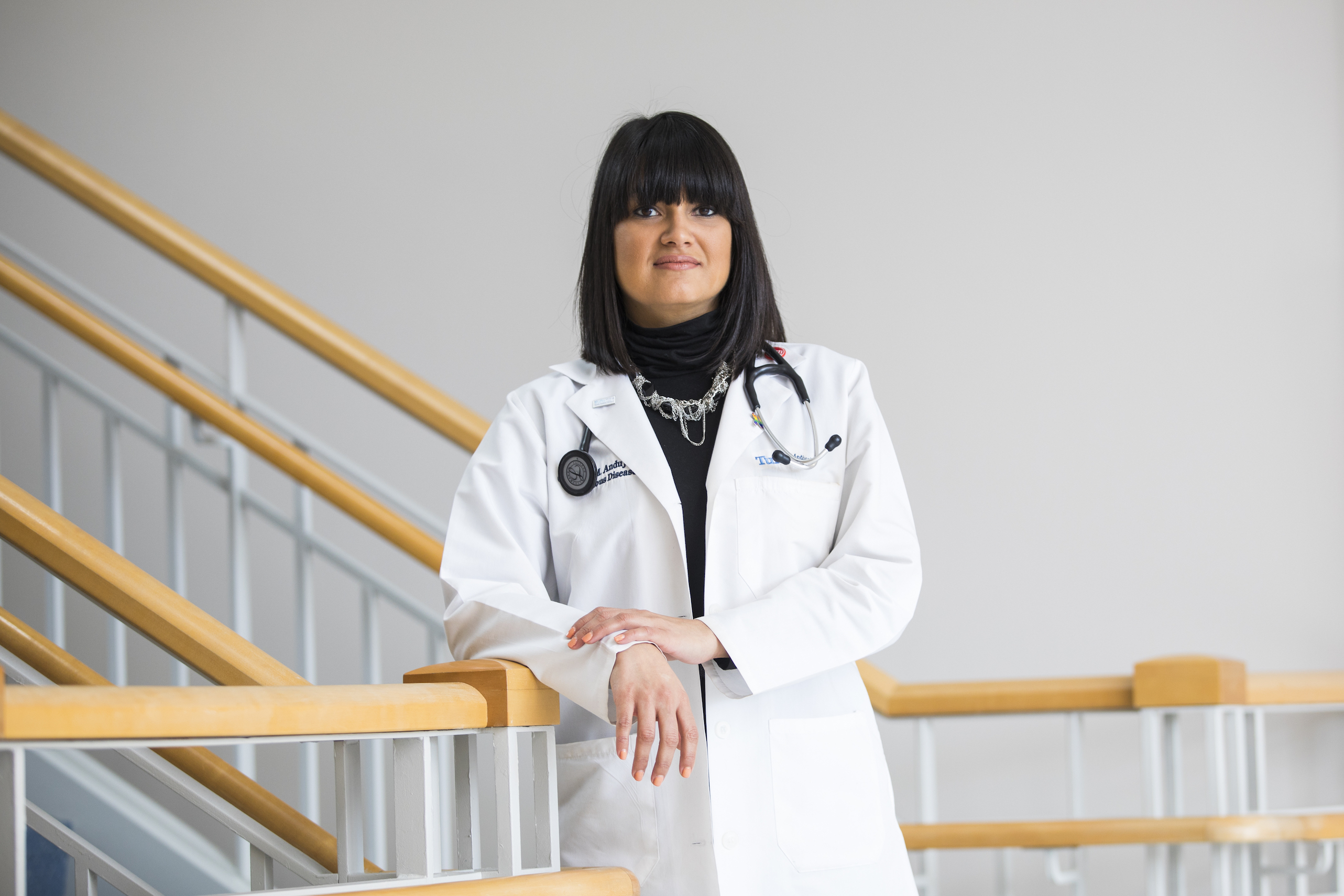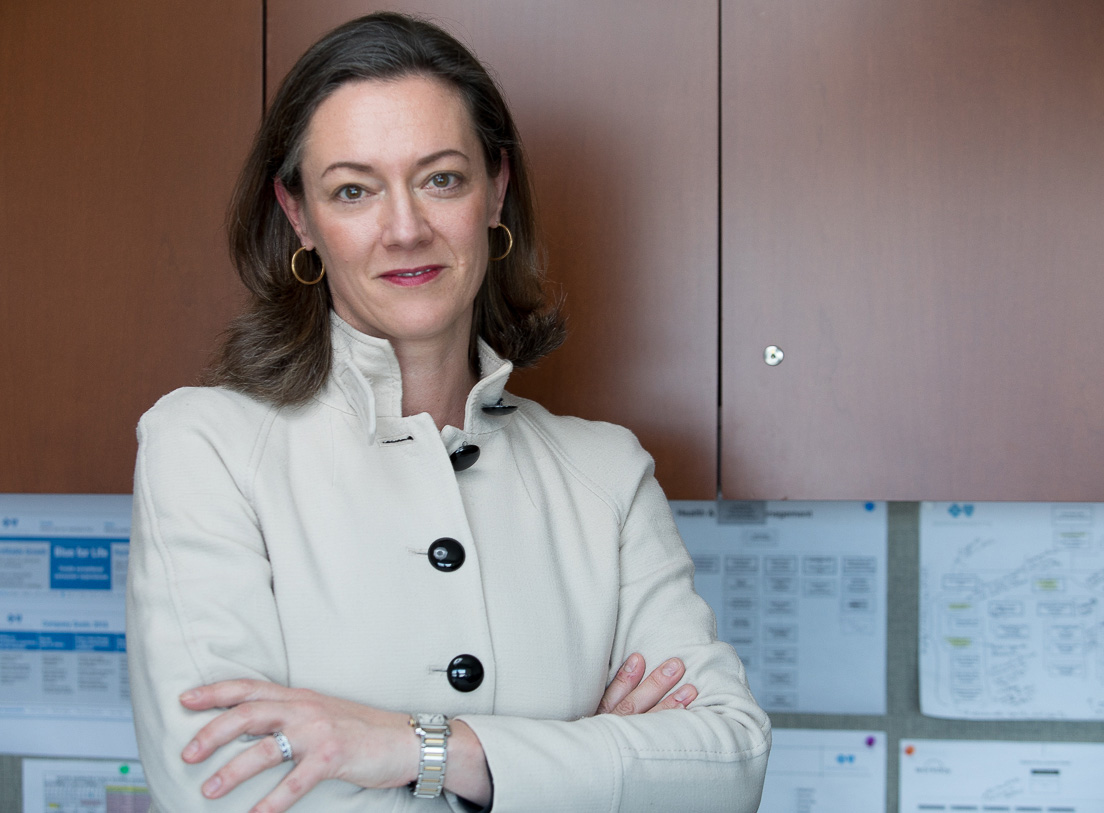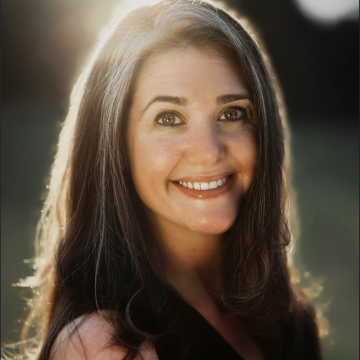Dec 14, 2020
When can you get vaccinated?
This article is updated as state and federal guidance evolves.
COVID-10 vaccines are currently being administered in many states under a carefully designed plan intended to protect the most vulnerable and our health care system.
The rollout of the vaccines are occurring according to guidelines established by the Centers for Disease Control’s Advisory Committee on Immunization Practices and implemented by states, such as Massachusetts' three-phase plan.
Coverage spoke with infectious disease physician Dr. Gabriela Andujar Vazquez, who was the first clinician at Tufts Medical Center to get vaccinated, and Dr. Katherine Dallow, vice president and medical director of clinical programs and strategy at Blue Cross Blue Shield of Massachusetts. They explain how the vaccine distribution process is working, and why it makes sense:

Who is first in line?
It will take months until enough vaccine doses have been manufactured to protect the public. That shortage is driving the national and state prioritization plans.
Phase 1 was rolled out December and January and included, in order of prioritization:
- Hospital staff, including food service and environmental service workers, who are in direct contact with known COVID patients
- Those in long-term care facilities, rest homes and assisted living facilities
- First responders (police, fire and EMS)
- People at congregate care settings, like jails, prisons and shelters
- Home-based health care workers
- Health care workers doing no-COVID-facing care
The plan was designed to both protect the most high-risk members of the public and to preserve the health care work force amid spikes in hospitalization this winter, Andujar Vazquez said.
“As cases go up, the health care system gets overwhelmed,” she said. “This is essential to help protect workers who treat critically ill COVID patients every day and are at highest risk of exposure. Protecting them by vaccinating them helps everyone in the public who needs care.”

This stage is particularly important in a state like Massachusetts where health systems are a major employer, Dallow says.
“A large number of our workers are in health care services,” Dallow said. “Per capita, we may have a higher proportion of people who fall into the first category, and we need to make sure those doses go to those populations first and foremost.”
Those at long-term care facilities like nursing homes have been the hardest-hit population, making them high-priority as well.
“It’s a population of people we know has been very vulnerable. They have comorbidities and are older,” Andujar Vazquez says.
More than 7,000 of the state's 11,098 deaths have occurred in long-term care facilities, according to December Department of Public Health data.
In Massachusetts, in total, approximately 300,000 people were expected to be vaccinated in Phase 1.
Who is next in line?
Phase 2, which began in February, has so far included, in order of prioritization:
- Anyone 75 and older
- Anyone 65 and over; those with two or more health conditions that would put them at risk for COVID-19 complications including cancer, chronic kidney or liver disease, chronic obstructive pulmonary disease, Down Syndrome, heart conditions such as heart failure, coronary artery disease, or cardiomyopathies, weakened immune system from solid organ transplant, HIV, substance use disorder, hypertension, dementia, stroke, overweight or obese, pregnancy, sickle cell disease, smoking, Type 1 or 2 diabetes mellitus or moderate-to-severe asthma; as well as residents and staff of low-income senior housing
- Child care workers and K-12 teachers and school staff
- Anyone over 60 and transit, grocery, utility, food and agriculture, sanitation, public works and public health workers
Beginning April 5, anyone over 55 and those with at least one health condition putting them at risk for COVID complications is also eligible for vaccination.
Those who fall into phase 2 are also considered at high risk of serious illness, but do not have daily direct exposure to known COVID patients.
“It’s appropriate that those with significant comorbidities and people over 65 who are at higher risk of serious illness from COVID-19 are next on the list,” Dallow said, "and it will be important to vaccinate teachers and other folks that have roles as essential employees soon as well."
Those who are eligible can make a vaccination appointment via state websites, such as the Massachusetts vaccination site, although demand currently exceeds supply, limiting availability in many states. Some health care providers also are scheduling visits for their own eligible patients.

The average age of a COVID patient in Massachusetts is 69, according to DPH.
“We know it’s more likely that people over 65 or who already have conditions will get very ill,” Andujar Vazquez says. “Then, it can go to the people who are healthy and can wait a little longer.”
More than 1.9 million residents of Massachusetts are expected to be vaccinated in Phase 2.
The 'rest of us'
Vaccines are being made available to the general public as manufacturing ramps up and supply increases, with eligibility for everyone over 16 in Massachusetts scheduled for April 19. The authorized vaccines --developed by Pfizer and BioNTech and by Cambridge's Moderna -- are currently being administered throughout the U.S. They have proven safe and effective, and are covered by health plans, including Blue Cross Blue Shield of Massachusetts, with no out-of-pocket cost.
The shots are free of charge to recipients. The federal government is paying for the vaccine and health plans including Blue Cross Blue Shield of Massachusetts are paying clinicians to administer the shots.
Eligible residents of Massachusetts can make appointments or preregister for free COVID-19 vaccination.
It is crucial that the public get vaccinated to prevent greater spread, Andujar Vasquez said, noting both the Pfizer and Moderna vaccines require two doses.
“The good thing is that they're so efficacious that people should know that just one dose can provide significant protection,” she said. “The second dose gets you to almost 100%.”
The process, said Dallow, has been “very well thought out.”
"Of course, we know there will be bumps in the road, as there would be with any effort this large and complex," she said, "but it's very beneficial to have populations getting vaccinated in stages, with an emphasis on the most vulnerable.”
Did you find this article informative?
All Coverage content can be reprinted for free.
Read more here.
PHOTO OF Dr. KATHERINE DALLOW BY MICHAEL GRIMMETT & Dr. GABRIELA M. ANDUJAR VAZQUEZ BY NICOLAUS CZARNECKI

